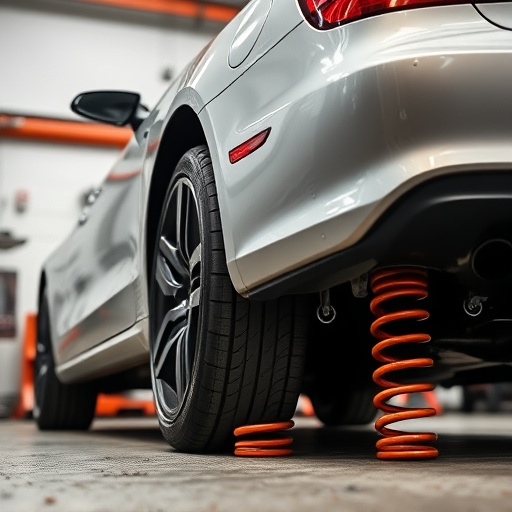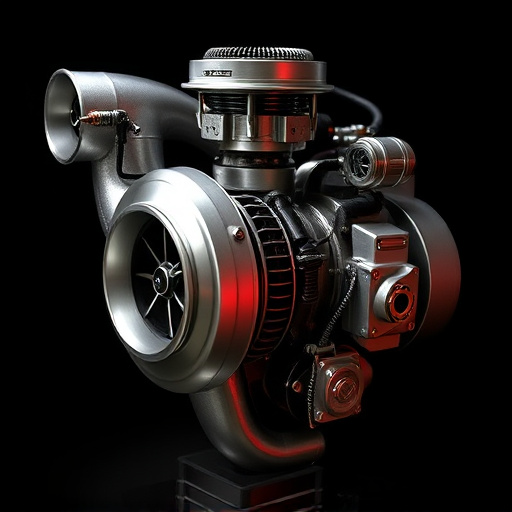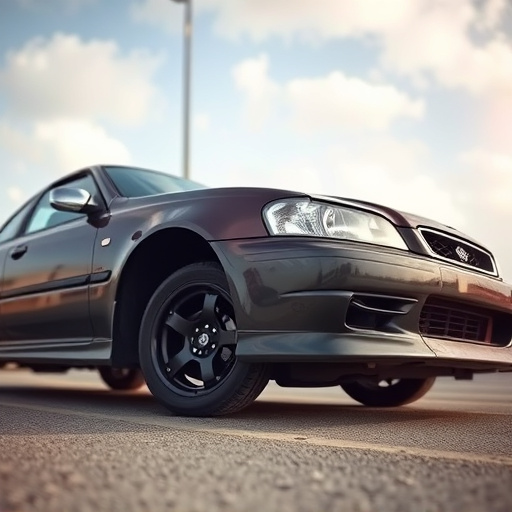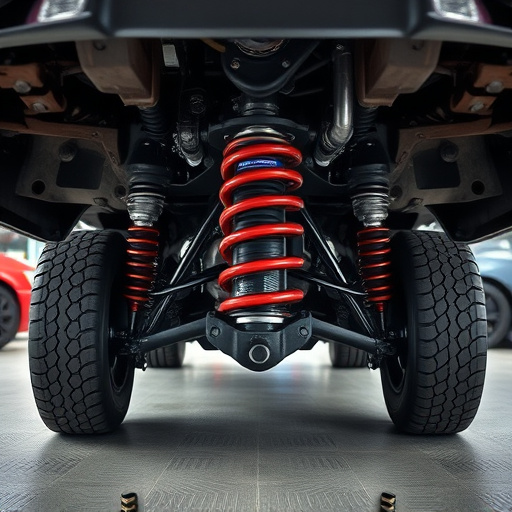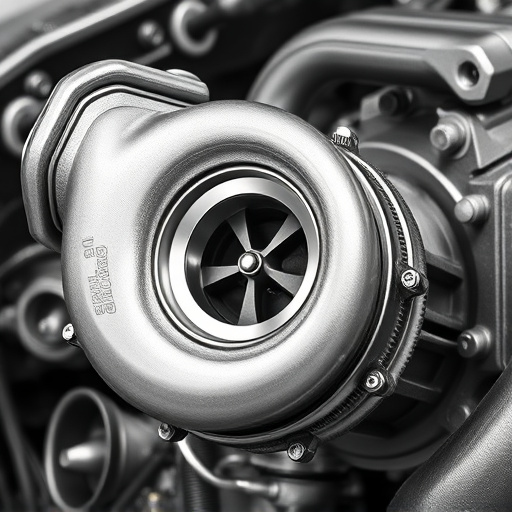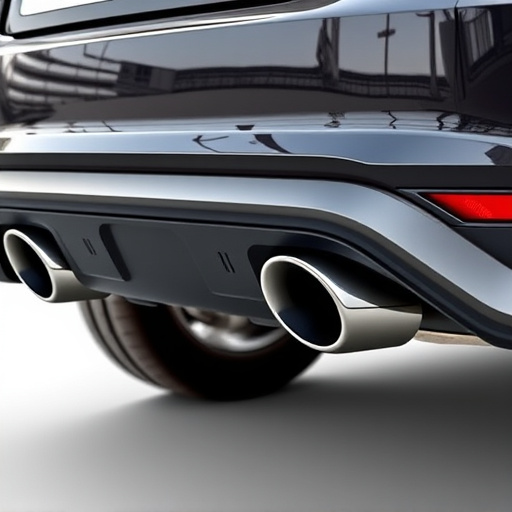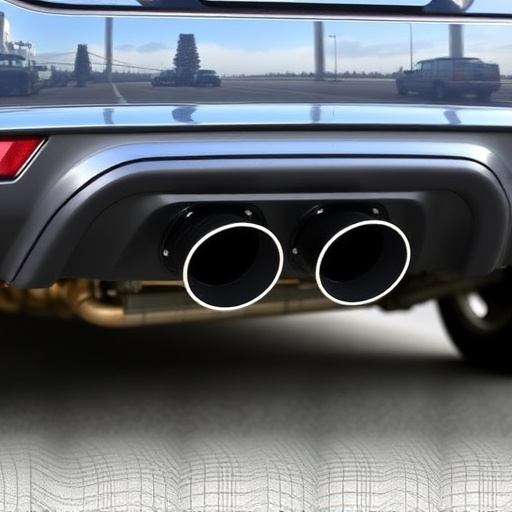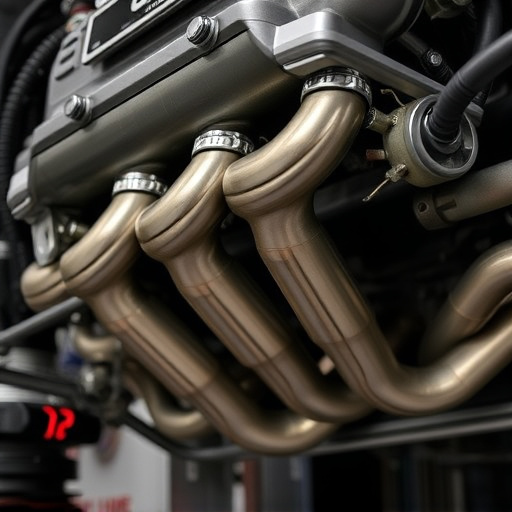Suspension arm bushings are vital components for vehicle safety and performance. Regular inspection is key to prevent issues like reduced steering control, irregular tire wear, and safety hazards. To inspect, gather necessary tools including gloves, jack, flashlight, digital calipers, and impact wrench. Visually assess damage, check for leaks, and manually test movement. Compare findings with manufacturer guidelines. Replace bushings if significantly worn for improved handling, braking, and overall performance.
“During routine vehicle servicing, inspecting suspension arm bushings is a crucial step in maintaining optimal vehicle performance and safety. These bushings play a vital role in your car’s suspension system, ensuring smooth ride quality and stability. This article guides you through the process of understanding suspension arm bushings, the essential tools required for inspection, and provides a detailed, step-by-step guide to effectively assess both visually and manually.”
- Understanding Suspension Arm Bushings: Their Role and Importance
- Tools Required for Effective Bushing Inspection
- Step-by-Step Guide to Visual and Manual Inspection Techniques
Understanding Suspension Arm Bushings: Their Role and Importance
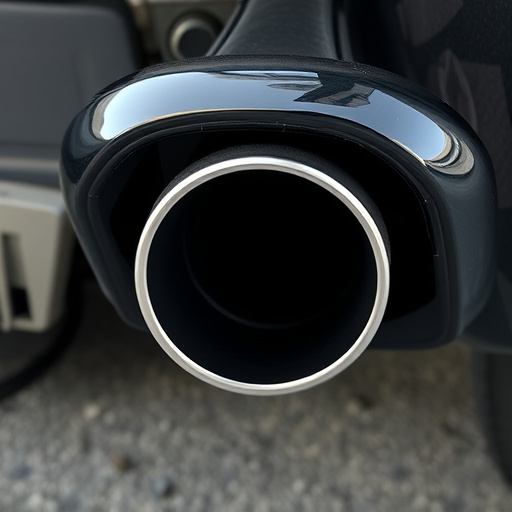
Suspension arm bushings are vital components that play a crucial role in ensuring the smooth operation and safety of your vehicle’s suspension system. These bushing bearings facilitate the movement between various suspension parts, allowing for proper alignment and controlling shock absorption. They act as buffers, absorbing impact and preventing excessive wear on other critical suspension elements.
Properly maintained suspension arm bushings contribute to enhanced vehicle performance and handling. Regular inspection is essential to detect any signs of damage, wear, or deformation. Issues with these bushings can lead to reduced steering control, irregular tire wear, and even more severe safety concerns. Thus, understanding their importance is key for ensuring optimal vehicle performance and maintaining a safe driving experience.
Tools Required for Effective Bushing Inspection

To effectively inspect suspension arm bushings during vehicle servicing, several specific tools are required. Firstly, a good set of reflective, high-quality gloves will protect your hands from debris and ensure a secure grip while handling small parts. Additionally, a jack and jack stands are essential for safely lifting and supporting the vehicle to access the undercarriage. A flashlight with adjustable focus is crucial for illuminating tight spaces and identifying any wear or damage that might be missed in low light.
For accurate measurements and precise inspection, you’ll need a set of digital calipers capable of measuring wear and clear signs of damage in the bushings. An impact wrench can also come in handy for removing stubborn bolts, especially if there are rusted exhaust tips or complex exhaust systems in the way. Lastly, a detailed diagram of the specific vehicle’s suspension components will aid in identifying the bushings and understanding their proper placement, ensuring a thorough inspection every time.
Step-by-Step Guide to Visual and Manual Inspection Techniques
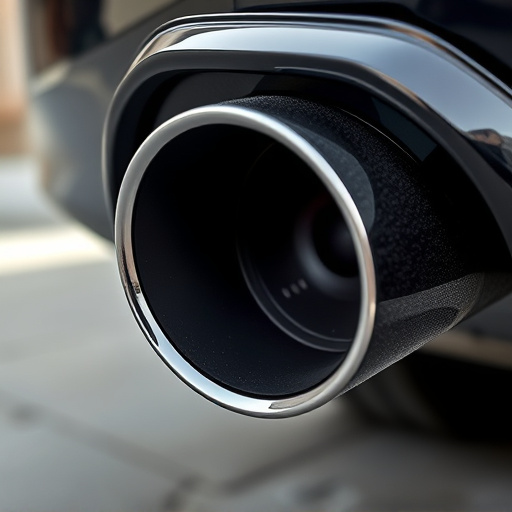
Performing a thorough visual and manual inspection of your vehicle’s suspension arm bushings is an essential part of regular maintenance. Here’s a step-by-step guide to help you assess their condition. Start by examining the bushings for any visible signs of damage, such as cracks, tears, or deformation. Check for excessive wear, which may appear as deep scratches or uneven surfaces. Look for any oil leaks or debris accumulation around the bushing, indicating potential issues with sealing or contamination.
Manually test the bushings by gently pressing and rotating the suspension arm to ensure they offer smooth, unrestricted movement. Listen for any unusual noises that might suggest loose or worn-out bushings. Compare the inspection findings with the recommended service interval guidelines provided by your vehicle manufacturer. If you notice significant wear or damage, consider replacing the suspension arm bushings as part of a broader suspension kit upgrade for improved handling and braking performance, alongside other components like muffler tips and performance brakes.
Properly inspecting suspension arm bushings is an integral part of regular vehicle servicing, ensuring optimal performance and safety. By understanding their role and utilizing the right tools, you can effectively assess these critical components. Following a systematic visual and manual inspection process allows for early detection of wear and tear, preventing potential issues that could affect handling and stability. Regular attention to suspension arm bushings is a key step in maintaining a well-performing vehicle.





